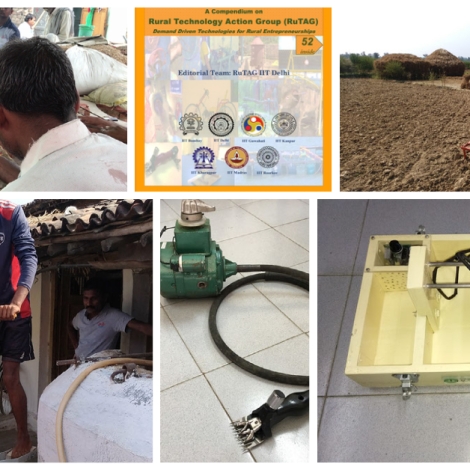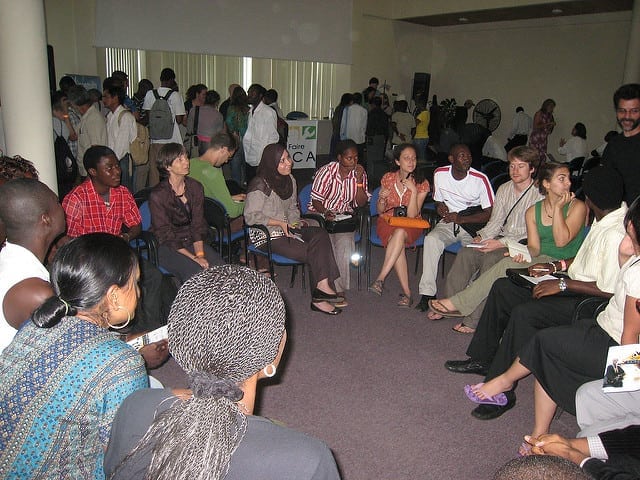A Compendium on Demand-Driven Technologies for Rural Entrepreneurship
India’s Rural Technology Action Group (RuTAG) has catalogued dozens of essential technologies that have emerged from rural India. Indians have developed an untold number of technologies that underpin small businesses and streamline their work. These innovations are increasing incomes in places where the environment can be harsh and electricity is unreliable. In order to be practical, their expense is of paramount importance. Many are unique prototypes and most may never reach a production line. Far from diminishing their importance, however, those facts emphasize the necessity of documenting as many viable technologies from the region as possible.
For more essential technologies from around the world see E4C’s Solutions Library.
RuTAG’s Compendium on Demand-Driven Technologies for Rural Entrepreneurship details 48 technologies in a lightweight, 120-page pdf that E4C is hosting with permission.
“Major technical interventions done over the last 15 years across the seven RuTAG centers have been compiled and published in the form of this compendium,”
Suraj Bhat, a research scholar in mechanical engineering at the Indian Institute of Technology Delhi (IIT Delhi), who helped develop the compendium, told E4C.
RuTAG is based in seven Indian Institutes of Technology, including IIT Delhi.
“The main aim of these centers is to provide a higher level Science and Technology inputs for the development and dissemination of appropriate technologies for the rural areas. The technology interventions of RuTAG are essentially demand driven and focus on improving the livelihood of the rural populace,” Mr. Bhat says.
The document divides the innovations into six categories. Agriculture, Handicrafts and Textiles are the largest categories, with devices such as floating fish cages for inland aquaculture, a modified potter’s wheel and an electronic jacquard handloom. The Assistive Technologies category includes a tricycle for the mobility impaired, for example, while Draught Animal Power (‘draft’ for American readers) includes an animal-driven gear box. The Environment/Water category includes low-cost air quality sensors, among others, and the final category, Energy, includes a biomass dryer and other innovations.
“This compendium explains the importance and salient features of each rural technology, its major drawbacks, demand from the society, impact of the improved version, prototype cost, feedback from the users, dissemination potential, and research opportunities,” Mr. Bhat says. “In a nutshell, this compendium will give an idea about the ingenious technologies used by the rural people of India and the interventions done by the RuTAG centers in collaboration with local NGOs upon their demand for those technologies.”
Who is this document intended to serve? Mr. Bhat envisions a variety of potential users.
“We hope this compendium will be useful for rural entrepreneurs, researchers, students, and academic and R&D institutions, not only in India but around the world,” Mr. Bhat says.
See the compendium here (hosted with permission): A Compendium on Demand-Driven Technologies for Rural Entrepreneurship.

